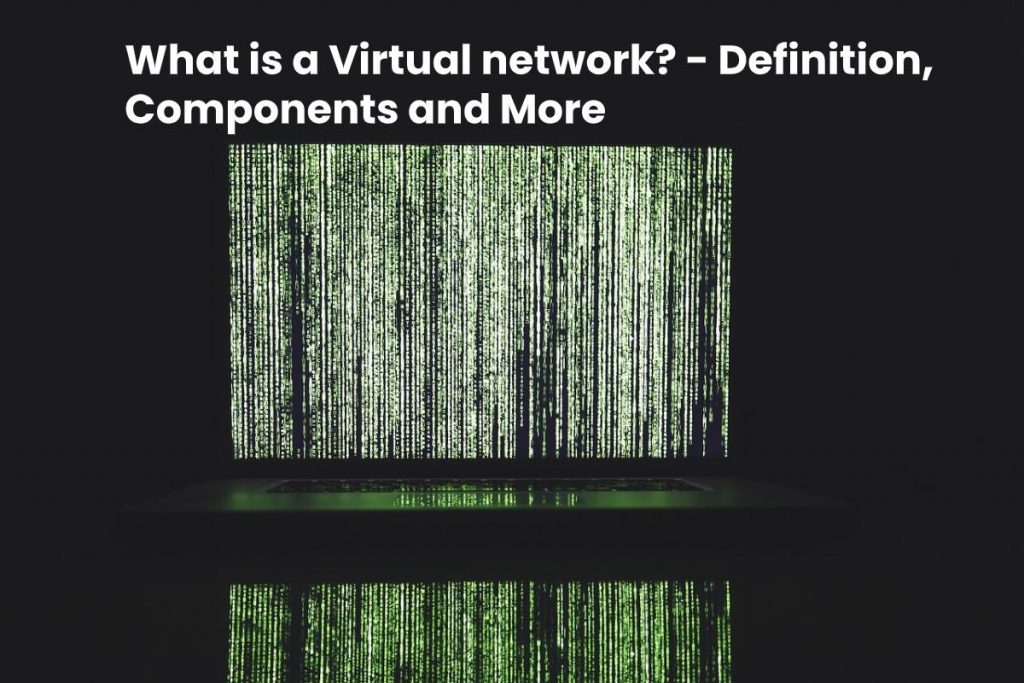Virtual Networks Definition
A virtual network is a network that simulates a physical network and is a combination of hardware and software network resources. It is the end product of network virtualization.
There are two main classifications in Virtual Networks:
- External
- Internal.
The external virtual networks consist of several local networks that software manages as a single entity. And, the parts that make up the classic external virtual networks are switching hardware and virtual local area network (VLAN) software technology. Examples of external virtual networks include large corporate networks and data centers.
An internal virtual network consists of a system that uses virtual machines or zones whose network interfaces are configured using at least one physical network interface card (NIC).
These network interfaces are called virtual NICs (VNIC). Besides, these zones (virtual machines) can communicate with each other as if they were on the same local network and become a [virtual network] on a single host.
A special type of internal [virtual network] is the private [virtual network]. These private virtual networks are different from virtual private networks (VPNs). And also, VPN creates a secure point-to-point link between two end systems.
The private [virtual network] is a network in a system that external networks cannot access. In addition, the isolation achievement of this internal network from other external networks is by configuring the VNICs through a pseudo-NIC called etherstub.
Also Read: What is Vapor IO? – Definition, Initiatives, Types, and More
Components of a Virtual Network
A [virtual network] has the following components:
- Virtual Network Interface Card (VNIC)
- Virtual switch
- Etherstub
- Zone.
Who should run virtual networks?
If you need to consolidate resources, consider creating virtual networks. And also, you can make better use of available resources by combining various applications on a few servers. You can then use virtual networks to provide connectivity between applications.
- ISP consolidators, telecommunications companies, and large financial institutions can consolidate servers thanks to the following hardware resources:
- Powerful NICs with broad bandwidth and hardware compatibility, for example, support for virtual functions (VF) and NIC rings.
- Powerful physical machines with higher random access memory (RAM) and central processing units (CPU)
In addition, it is possible to replace many systems with a single system that has multiple zones or virtual machines without significantly decreasing separation, security and flexibility.
Also Read: What is Network Software? – Definition, Advantages, and More

Review What is a Virtual network? – Definition, Components and More. Cancel reply